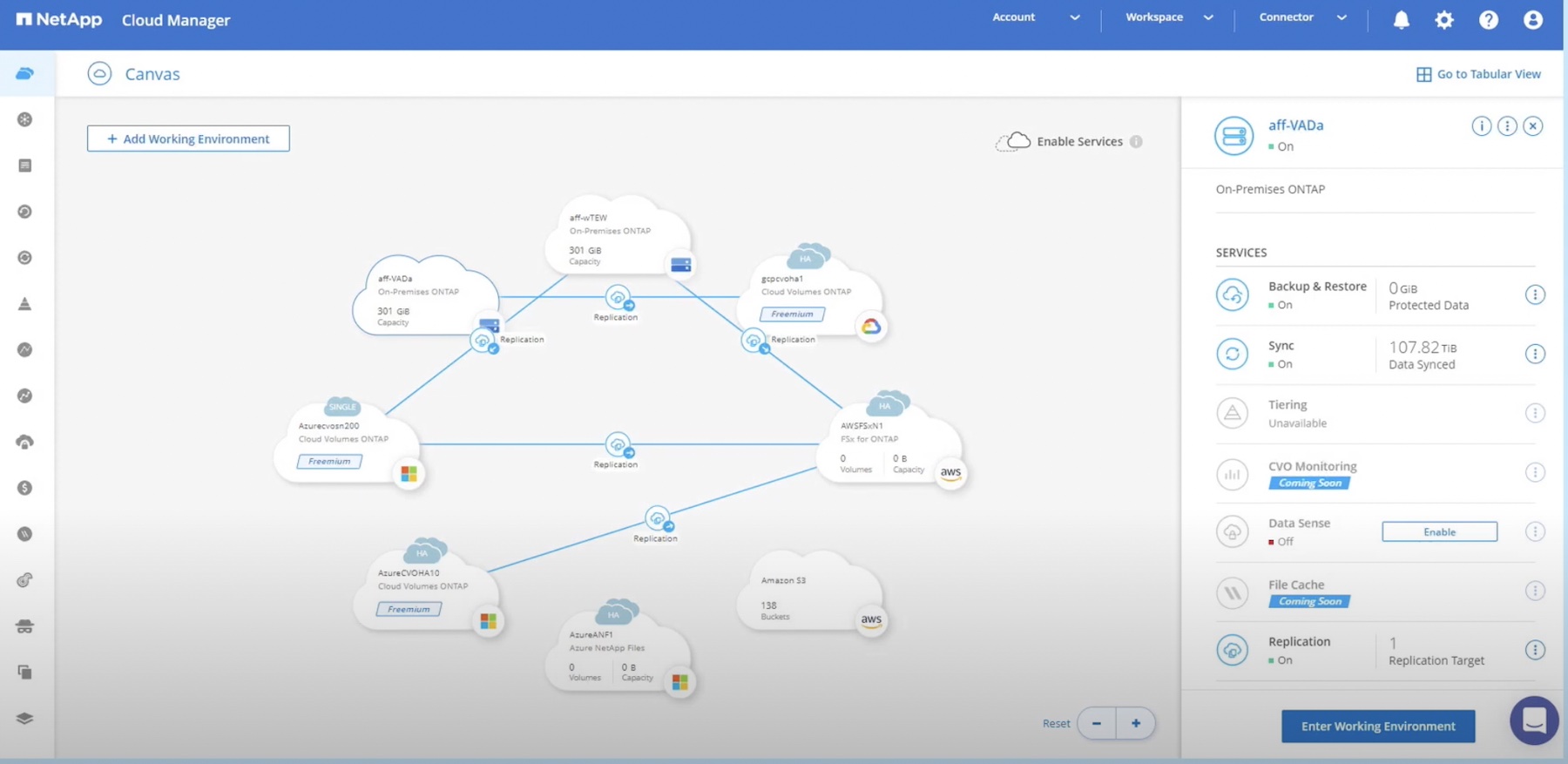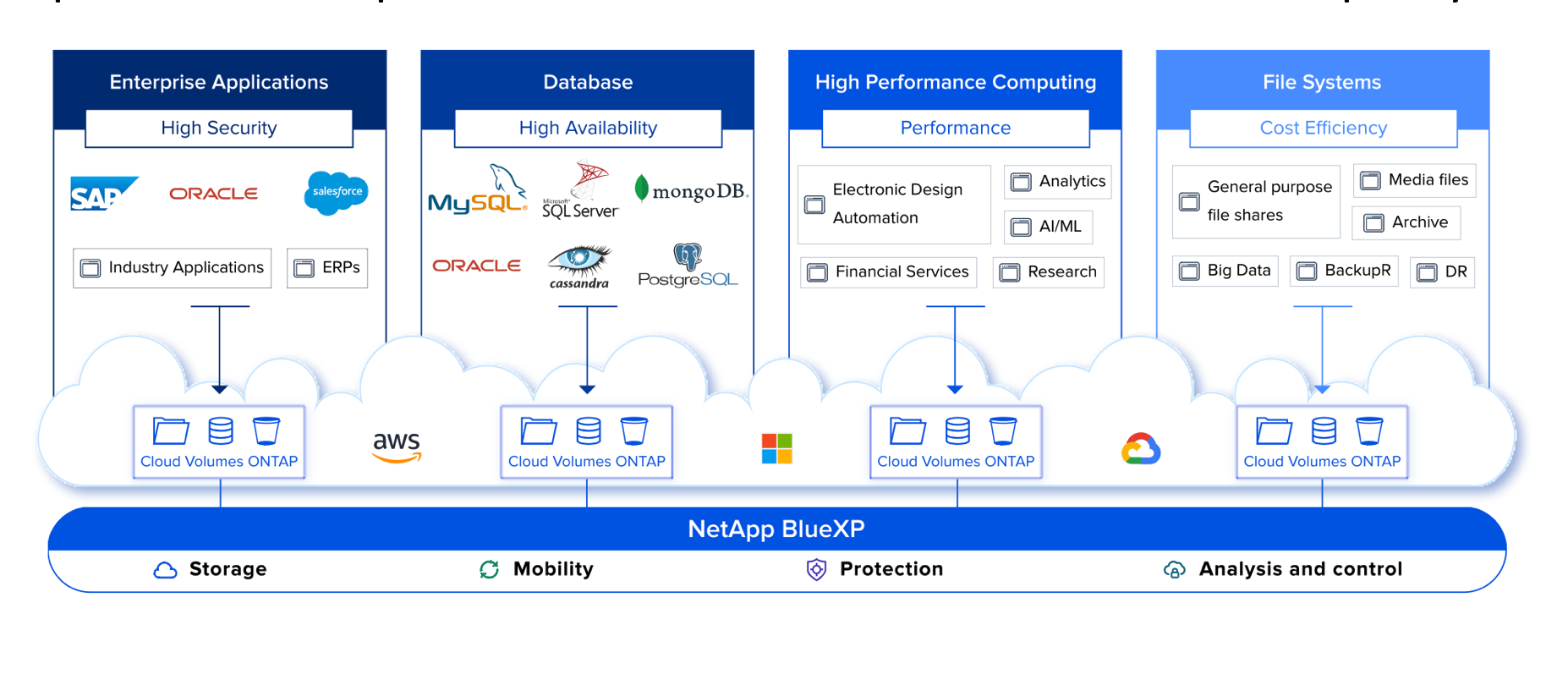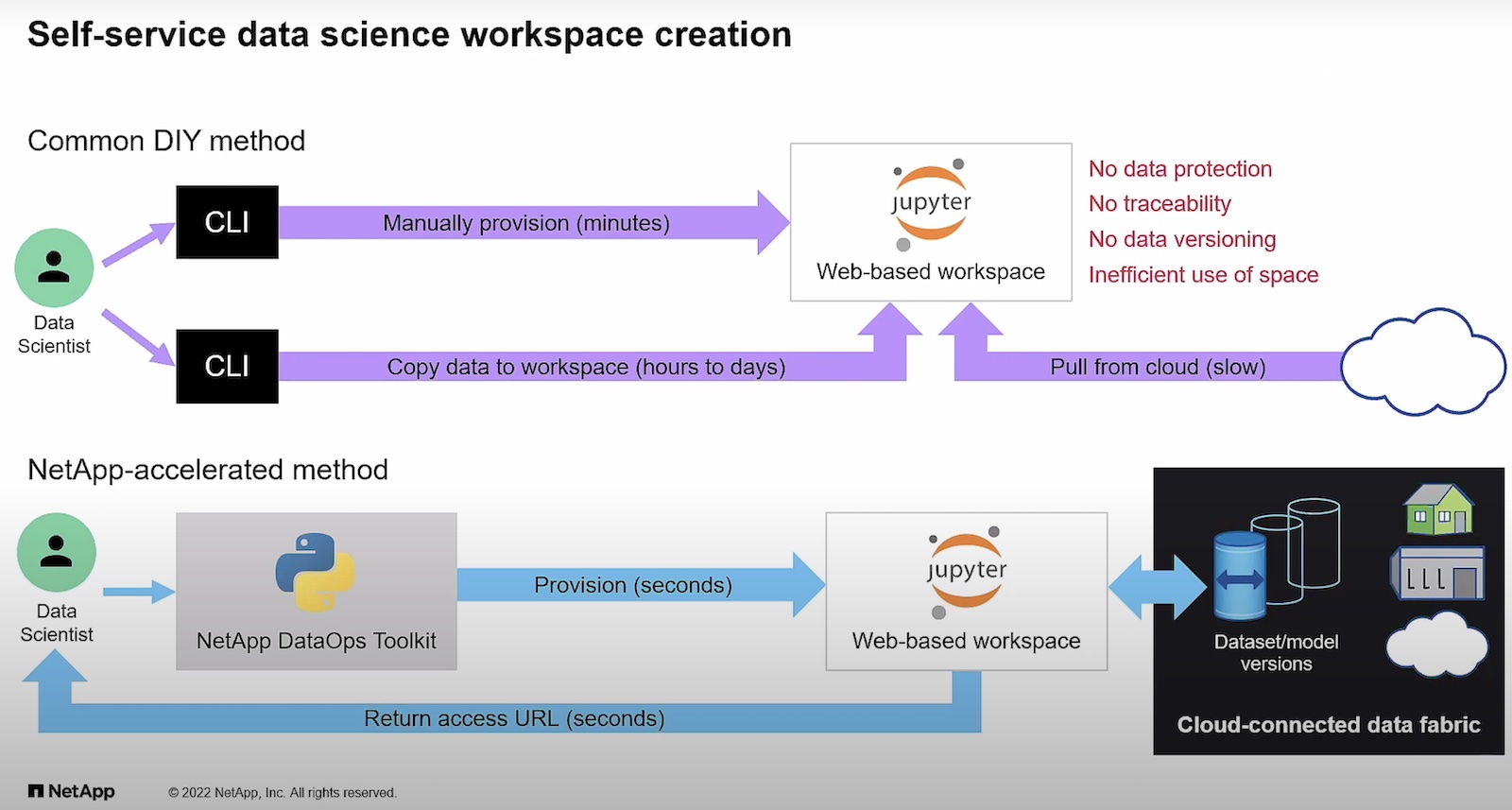
A quick discussion last night on Twitter got me thinking about the way technology is perceived in the industry at large. In particular, the discussion related to NetApp and in my usual facetious way I said I wouldn’t quote NetApp and efficiency in the same sentence (whoa, I just did!).
I may be being a little unfair. From experience, NetApp is good and bad in the efficiency stakes; we all know about the 10% WAFL overhead and the default 20% snapshot reserve, but do we know that NetApp rounds down drives to a consistent size? Do we know how many un-needed snapshots we have lying around or how many flexclones we created for testing, but don’t need any more?
On the positive side, snapshots are efficient; LUNs and shares can be thin provisioned; I can clone volumes from one another using Flexclone at an initial minimal or no cost in terms of extra storage. Backups with SnapVault are efficient as they’re effectively an incremental forever design.
Unfortunately perception doesn’t always reflect reality. Whilst the NetApp product range does undoubtedly offer many space reduction features, these may be poorly implemented by customers, leading to a view that NetApp technology is inefficient.
So does this mean that vendors are to blame for not communicating the message about the efficiency of their products? Well, I think there’s blame on both sides. Going back to NetApp, I’m sometimes bewildered by the number of software features available in Data ONTAP, most of them beginning with Snap or Flex. What complicates things further is the interaction (or not) of these features with each other. I like to think I’m reasonably intelligent, however even as a consultant I struggle to understand the options and I’ve had discussions with NetApp previously where even their top people couldn’t definitively confirm whether certain products could be used in conjunction with each other. This creates customer confusion and helps to perpetuate the myth of Netapp inefficiency.
On the other hand, customers have an obligation to keep their own house in order; badly thought out designs and poorly implemented management practices also add fuel to the fire on the efficiency myth and you can’t blame the vendor for that.
Is there a solution? For NetApp, perhaps some unbiased feature reviews would be good – I may choose to do a series on that in the near future. Here’s another idea – let’s start a Storage Myths site – then we can confirm or knock down these myths one by one just like watching Myth Busters! Send me your Storage Myths and we’ll compile a list….




